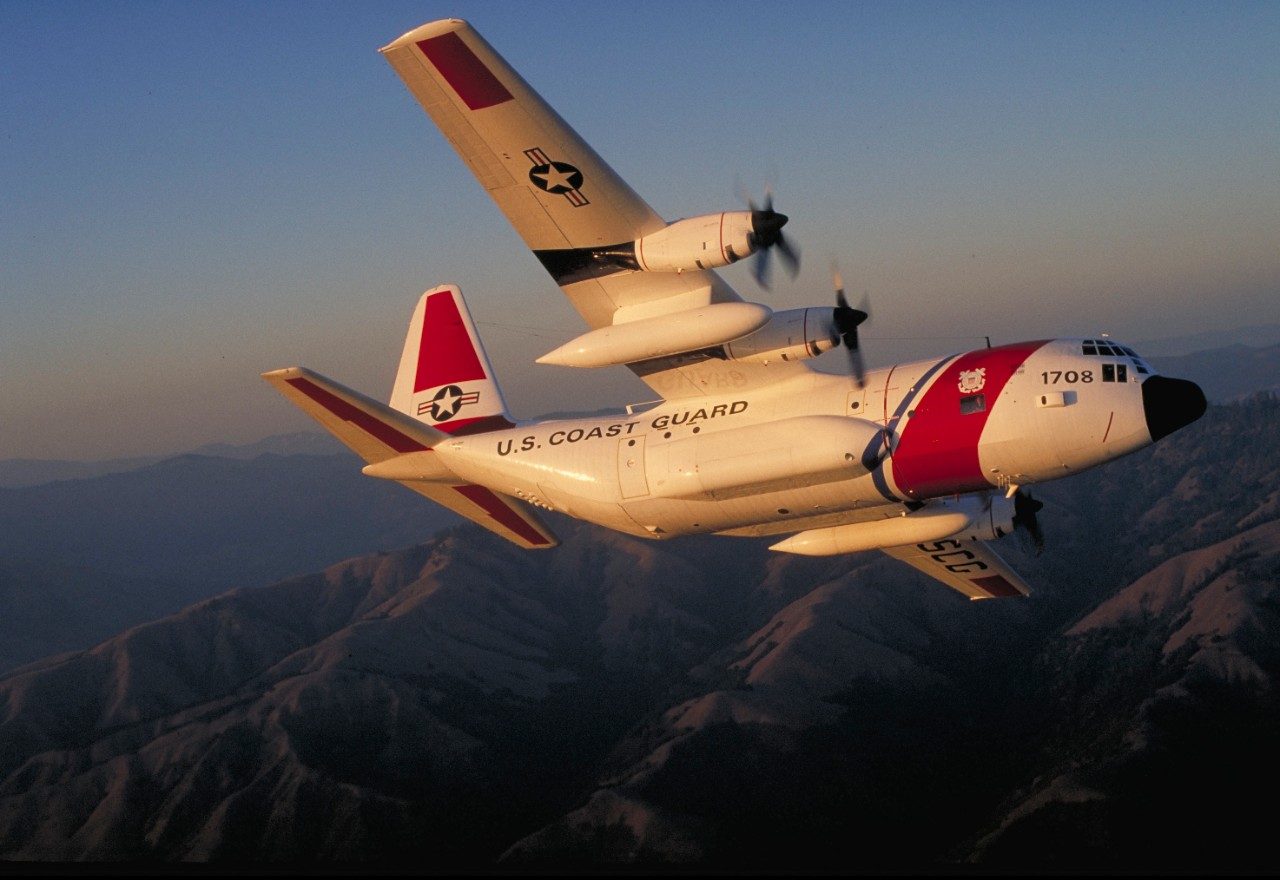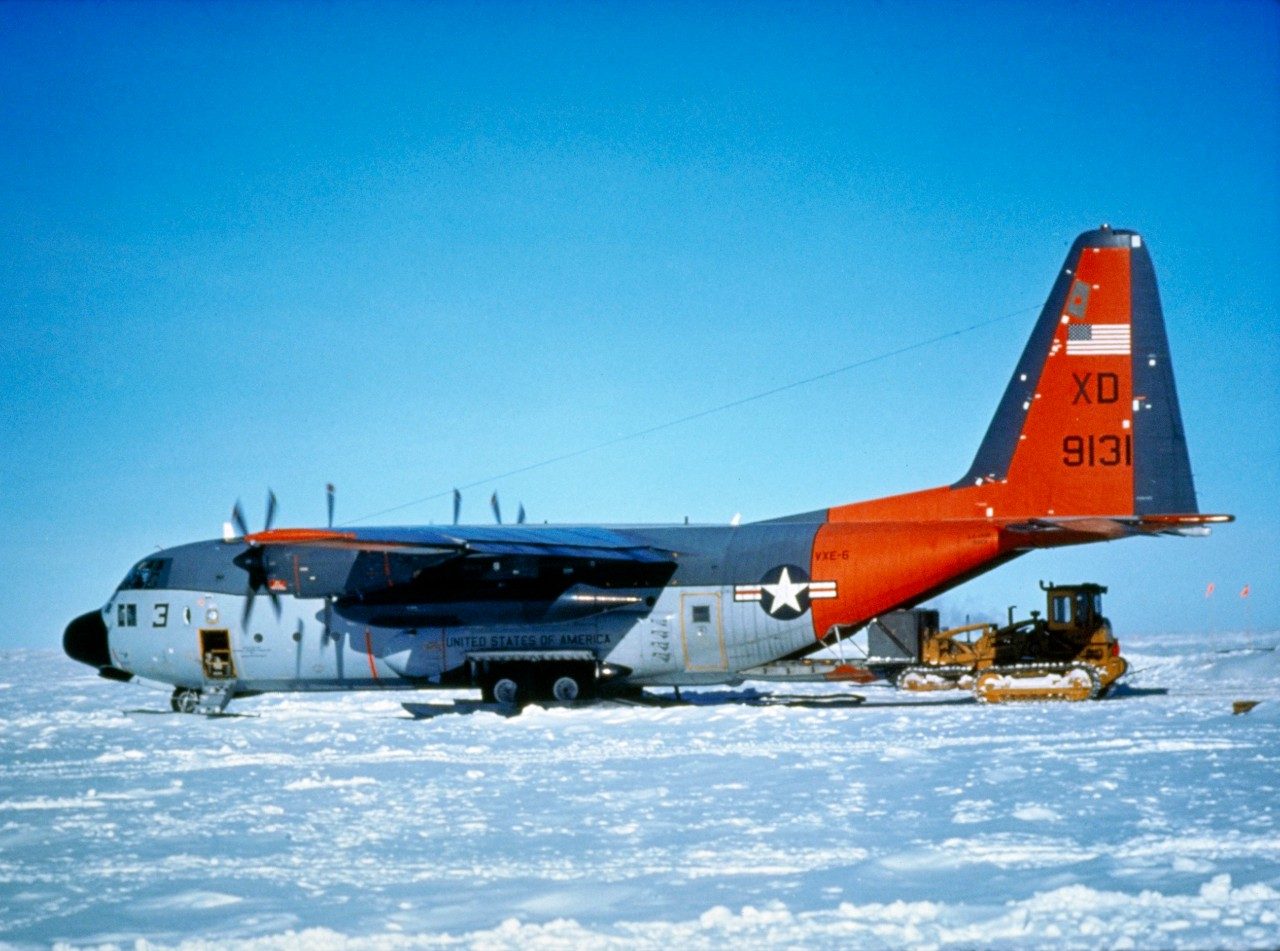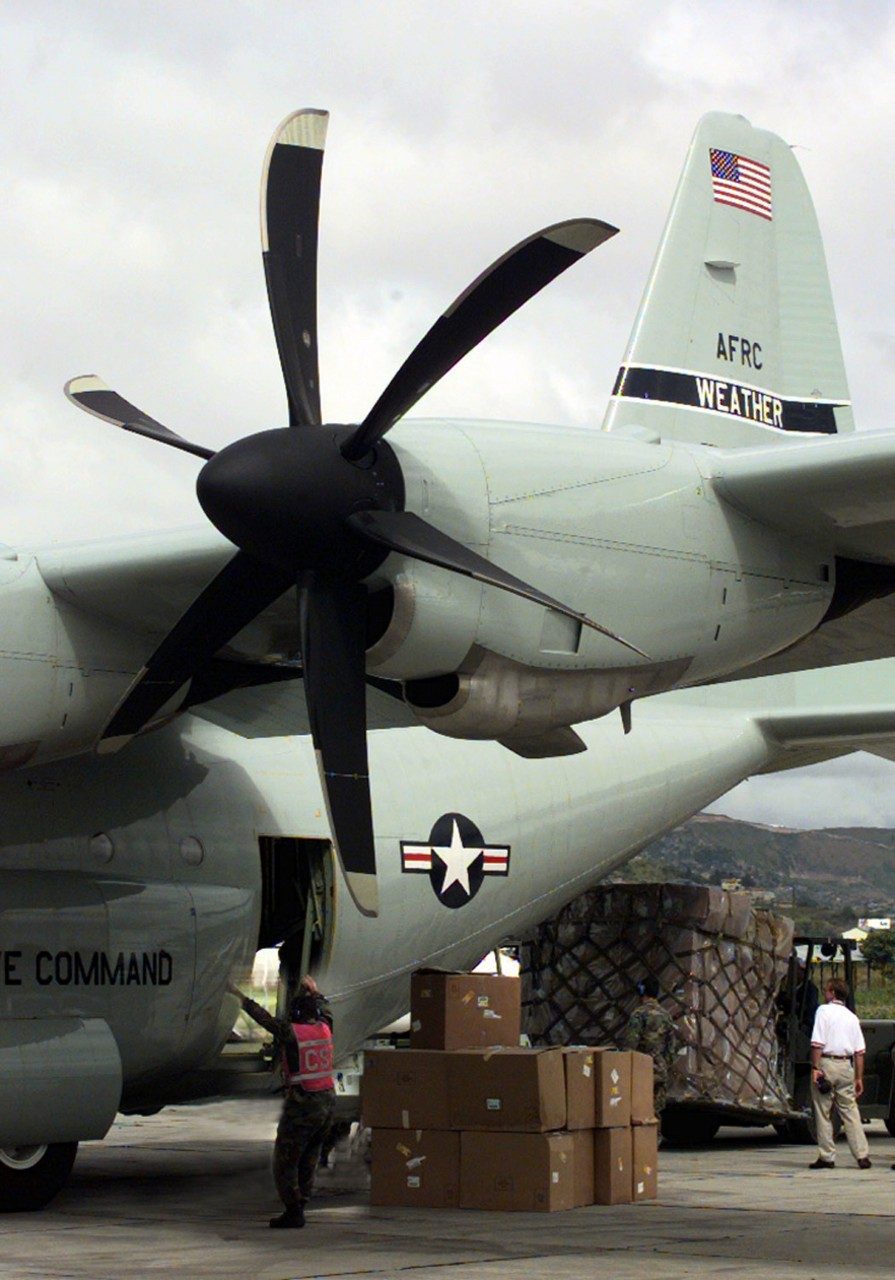Who wanted to build a stubby turboprop cargo aircraft at the dawn of the jet age?
It was 1951, and the U.S. Air Force was seeking designs for an aircraft capable of hauling large bulky equipment, including artillery pieces and tanks, over long distances. It had to land in tight spaces, slow to 125 knots for paratroop drops and fly, if need be, with one engine. What the Air Force wanted, in other words, was a tough, versatile heavylifter with plenty of “trunk” space.
Hall Hibbard, Lockheed’s chief engineer, eyed the request and saw potential. Design genius Kelly Johnson, by contrast, viewed it as a potential disaster, a diversion from the high-speed, high-performance jet fighters that were his focus.
“If you send that in,” Johnson told his boss, Hibbard, referring to an early proposal for the aircraft, “you’ll destroy the Lockheed Company.”
It’s a good thing Hibbard didn’t listen. When the prototype YC-130 taxied for its inaugural flight on Aug. 23, 1954, it was clear to all—even Johnson— that the Lockheed engineers had forged something timeless out of a seemingly simple list of Air Force requirements.
Later officially nicknamed Hercules, the prototype had a cargo deck that was capable of carrying an astonishing 300 pounds per square foot, lifted into the air after a ground roll of a mere 855 feet, an astoundingly short distance considering most aircraft of that size required 5,000 feet.
Building the Herk
The creation of the C-130 Hercules came about largely as a result of America’s experience in the Korean War. U.S. forces fighting along the 38th parallel dividing North and South Korea quickly discovered that their aerial transports were ill-equipped for the missions at hand. Some were too heavy. Some needed longer runways for takeoffs and landings. Others had weight restrictions, which prevented them from transporting bulky supplies or large numbers of soldiers.
What the U.S. military needed was a single versatile aircraft that could be used for any and all transportation needs—one aircraft that would perform the role of many. Which is precisely what Lockheed’s Hercules accomplished.
With a sweeping array of 23 cockpit windows allowing for clear visibility on steep approaches and high wings to operate from rough fields, the original C-130 Hercules was the antithesis of the sleek, speedy jets of its day. It had a low center of gravity, reached 360 mph, and boasted a large, easily accessible cargo area that could carry 40,000 pounds.
But it was a key design element—instituted by a team that included Art Flock, Dick Pulver, Bill Statler, Gene Frost, and chief designer Willis Hawkins—that may have proven most useful for its longevity. The inclusion of four turboprop engines provided surplus power to pressurize the fuselage of the plane, including the cargo compartment, which was necessary to fly efficiently at higher altitudes. The strengthening of the airframe to accommodate pressurization added an extra layer of durability that eventually protected the plane for its unprecedented six decades – and counting – of military and humanitarian service.
Throughout the more than 70 variants and more than 2,400 aircraft, the Hercules has more than proven its worth. There is quite literally a Hercules airborne somewhere in the world every minute of every day.
War Bird
The C-130 was pressed into action in Vietnam, where it picked up and dropped off troops and supplies in the most remote of locations. Wherever there was a dirt road surrounded by jungle or an asphalt runway riddled with potholes, the C-130 Hercules was there, either to supply needed reinforcements or rescue injured soldiers in need of medical assistance.
C-130s were also perfectly equipped to carry out low-altitude parachute extraction drops of cargo, which led to the plane’s key role in the defense of Khe Sanh in 1968, when C-130s accounted for 90 percent of the supplies used by troops defending the village from a North Vietnamese siege.
As the war progressed, C-130s were modified into MC-130 Combat Talons, which not only picked up special operations forces in hostile territories but acted as flying gas tankers, orbiting in the sky as American rescue helicopters docked with them to refuel. Equipped with ground-target radar, 20mm Gatling guns, 40mm canons, and later, a side-firing 105mm Howitzer, C-130s morphed into AC-130 gunships, destroying 10,000 enemy trucks and repelling countless enemy attacks. Late in the war, Hercules planes were even being fitted with the largest bomb in the U.S. arsenal, the 15,000-pound BLU-82.
Three decades later, Marine Corps KC-130J tankers were being fitted with missiles so crews could take out hostile targets on the ground in Afghanistan while waiting to refuel fighters and helicopters.



Life Savers
There has been one constant over nearly three generations of devastating humanitarian crises: The C-130 has been there to help. The people of the Congo, Somalia, Bosnia, Rwanda, Kosovo, Japan, and points all over the world, including New Orleans after Hurricane Katrina, have all benefitted from the C-130’s unparalleled delivery and airdrop capabilities, whether they were acting as a flying hospital or delivering hay to cows marooned by a snowstorm. In January 2010, C-130s helped haul more than 13,600 short tons of cargo, transport more than 25,800 passengers, and route 280 patients for medical evaluations from Haiti, after the country’s devastating earthquake.
During fire season in the United States, eight specially equipped C-130s are put through their paces by crews with little margin for error. Flying over rugged mountainous terrain, often through deadly plumes of black smoke, the C-130s must slow down to 120 knots, zoom in over targeted hot spots and drop fire retardant before quickly pulling up to avoid the oncoming ridges. It’s essential to firefighting efforts, as the mixture of water and fertilizer coats the foliage to slow the rate of burn, thus buying precious time for the firefighters on the ground to contain its spread.
The C-130 is equally adept on snow and ice. Equipped with skis and Teflon-coated runners, the durable aircraft has earned great respect for safely delivering supplies deep into Antarctica or to the Greenland ice cap.
Hurricane Hunters
The C-130—the latest C-130J Super Hercules in particular—is the airplane of choice for the Air Force Reserve Command’s weather reconnaissance squadron, known as the Hurricane Hunters. They fly their WC-130Js straight into the eye of hurricanes, traveling from the outskirts of the storm to its center and then out again, making repeated trips to measure wind speed and barometric pressure. The results offer critical predictive data about the severity and direction of tropical storms, increasing the accuracy of the National Hurricane Center’s forecasts by 30 percent.
Perhaps most amazing is that fact that, since 1974, no WC-130 aircraft flown by the Hurricane Hunters have been lost. That safety and performance record is a testament to their skill, and an example of the toughness of a 60-year-old Lockheed design that shows no sign of slowing down.
Sources and Additional Reading
- Boyne. Beyond the Horizons.
- Sturkol, Scott T. C-130 Hercules: Air Force’s ‘Old Reliable’ Airlifter Still on the Front Lines. http://www.dobbins.afrc.af.mil/news/story.asp?id=123236330




